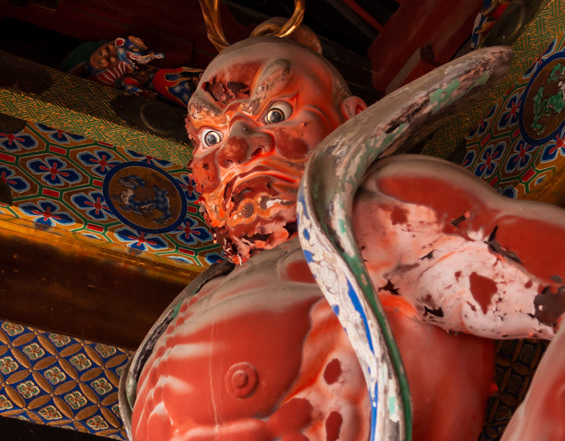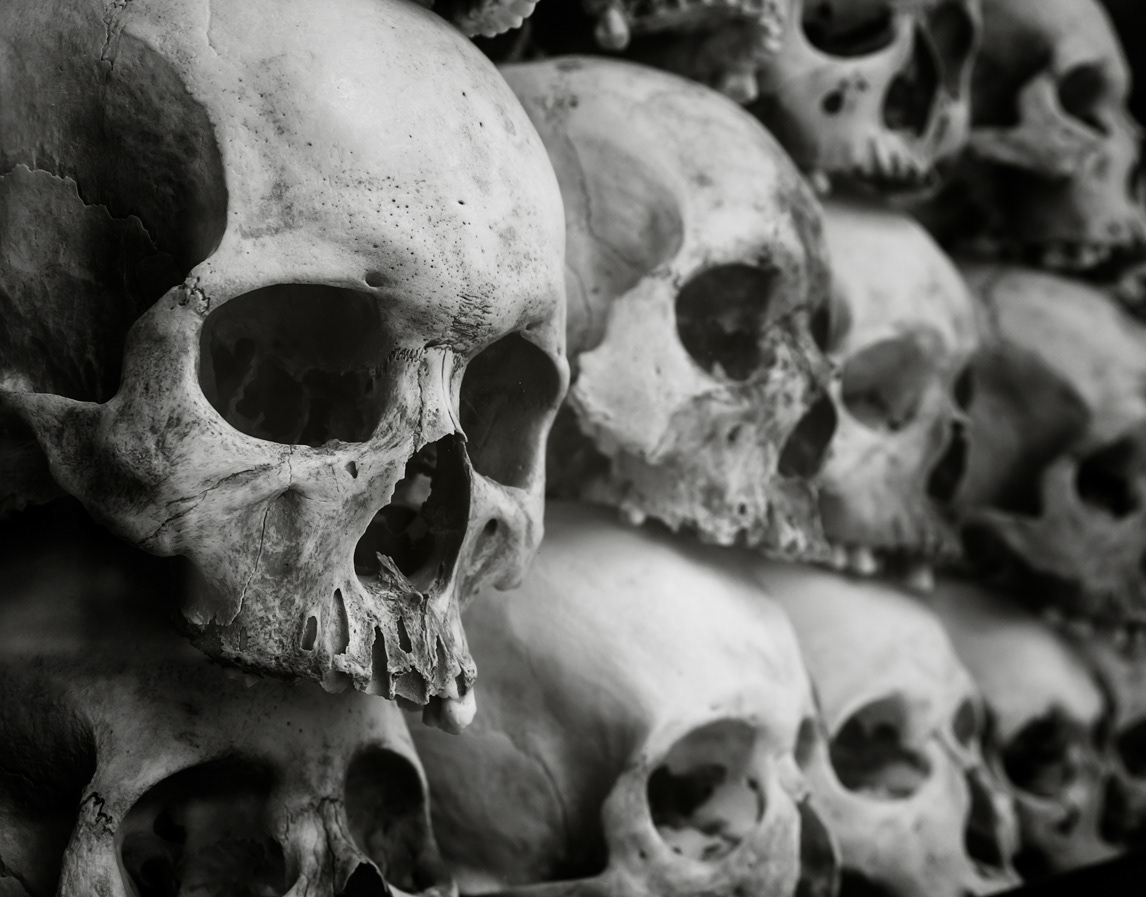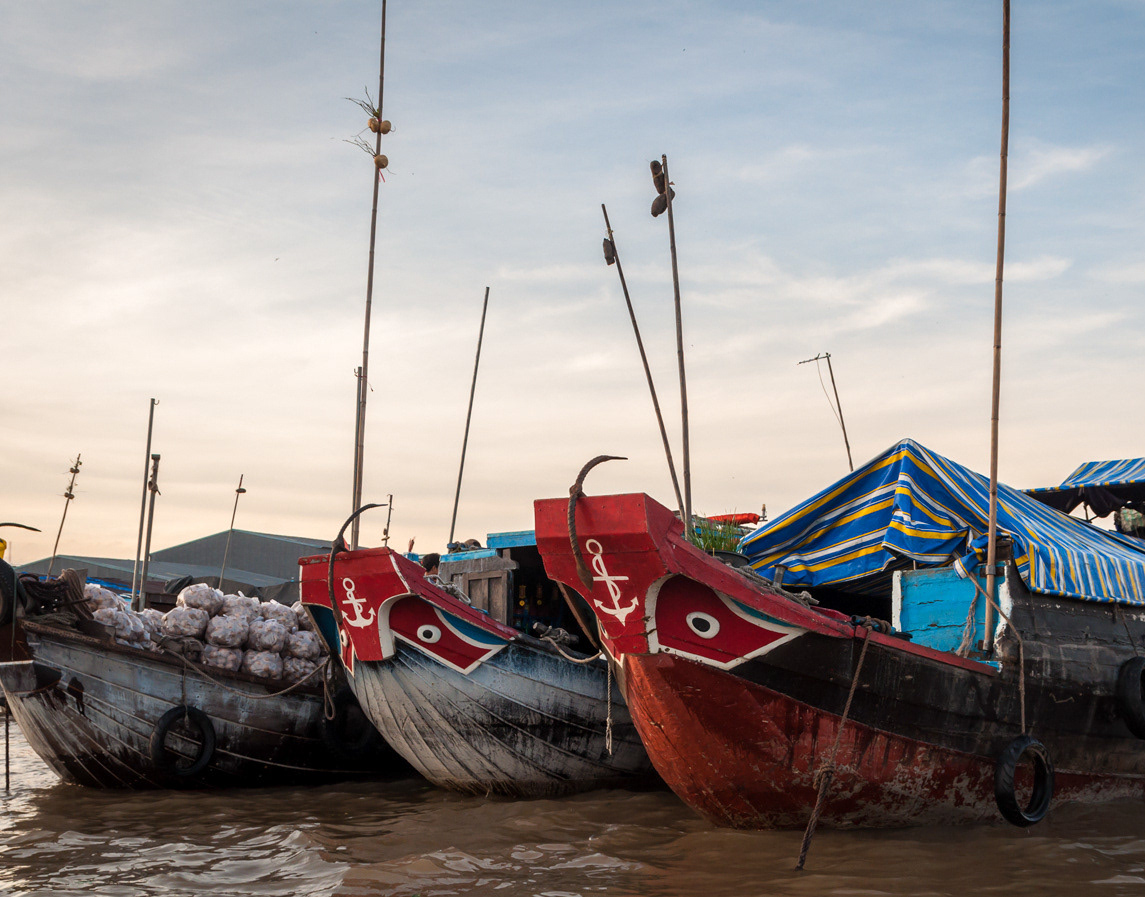Samarkand is one of Centra Asia's oldest inhabited cities, potentially dating as far back as the 8th century BC. It's key location on the Silk Road network made it a constant target for merchants, adventurers and conquerors, meaning the city's fortunes frequently swaying between riches and ruin. Travellers such as Ibn Battuta and Marco Polo extolled the wonders of Samarkand, whilst invaders like Genghis Khan and Alexander the Great wrought devastation. Genghis Khan's 1220 visit essentially levelled the city, so most of the surviving historical architecture only dates from the 14th century onwards. Samarkand's revival kick-started in 1370 when Amir Timur, founder of the Timurid empire, made the city his capital, rebuilding on a grand scale. Whilst Samarkand's fortunes may have waned somewhat during the intervening centuries, the visual, historical, and architectural legacy left behind still evokes a sense of wonder and awe.
The Registan, Samarkand's central square, home to three of the most spectacular madrasas (Islamic schools) in Uzbekistan. The square initially grew up around the tomb of 9th century saint Imam Muhammad ibn Daifar. By the 14th century it had grown into commercial heart of the city.
Sher-Dor Madrasa (built 1619-1636). Sher-Dor loosely translates into 'lion bearing' or 'the abode of lions' somewhat of a misnomer given the distinctly tiger-like animals that adorn the facade. These, along with the human-faced rising suns and white deer contravene the Islamic prohibitions on showing nature in art. This breach of Islamic strictures was possibly a politically motivated throwback to the Mongol rulers of the past.
Tilya Kori Madrasa (built 1646-1660). Tilya Kori means 'gold work', an apt title given the spectacular gold-decorated mosque within the grounds of the madrasa. The mosque became the central place of worship, taking over from the towering Bibi Khanym mosque, which had started to fall into disrepair in the 17th century.
Ulugh Beg Madrasa (1417-1420). Ulugh Beg was a Timurid ruler and grandson of Amir Timur, the legendary founder of the Timurid empire. The madrasa was unsusual as it's students studied mathematics and the sciences rather than religion, reflecting the preoccupations of Ulugh Beg, who was more of an intellectual than a king. This was the first of the madrasas built, once the commercial heydey of the Registan had started to fade
Courtyard view of the Ulugh Beg madrasa, looking towards the rear of the monumental entrance portal
Ulugh Beg's courtyard hujras have been converted into shops and cafes. Hujras are small cell-like chambers which served as spaces for students to study and reflect upon their teachings within the madrasa


The gleaming gilded dome, ceiling and walls of the golden mosque within Tilya Kori Madrasa
South-east corner of the Sher-Dor madrassa, where locals sell their wares in the hujras (dormitories for students)
Dome, minaret and pishtaq (gateway) of the Gur-e-Amir mausoleum, a Timurid dynasty burial site. Gur-e-Amir means 'tomb of the leader', which is highly appropriate given Amir Timur, founding ruler of the Timurid empire, and several subsequent rulers are entombed within. Timur was not the first to be interred however, as his grandson and heir-apparent Muhammad Sultan had the unfortunate honour of being Gur-e-Amir's first resident in 1403.


Gilded dome of the central Gur-e-Amir mausoleum which houses the main Timurid dynasty tombs, including that of Amir Timur



Cenotaphs within the mausoleum (right, centre). The actual tombs are located in an underground chamber, directly beneath the cenotaphs and in the same arrangement. Amir Timur's cenotaph is the black one in the centre, bearing the Arabic inscription 'when I rise, the world will tremble'. The left-hand photo is a cenotaph located out-with the central mausoleum
Entrance to the memorial complex of Islam Karimov, first president of an post-Soviet independant Uzbekistan. Karimov died in 2016 and the site, which houses his tomb, was opened in January 2018.
The white marble mausoleum which holds former president Islam Karimov's tomb
Sightseer outside one of the many blue and turquoise tiled tombs at Shah-i Zinda, an ancient necropolis dating back to the 11th century
Tourists and locals outside the tomb of Shadi Mulk Aga (died 1372), a niece of Amir Timur, who had made Samarkand the capital of his vast central Asian empire. This mausoleum is the earliest of the Timurid-era tombs in the necropolis, having been constructed in 1371.
Entrance to the tomb of Shirin Bek Ata (circa 1385-6) who was the sister of Amir Timur
Interior of the Ali Nasafi mausoleum, constructed sometime between 1360-1380. Ali Nasafi is actually one of the mausoleum's architects whose name is inscribed on the entrance. The occupant of the tomb within is currently unknown.
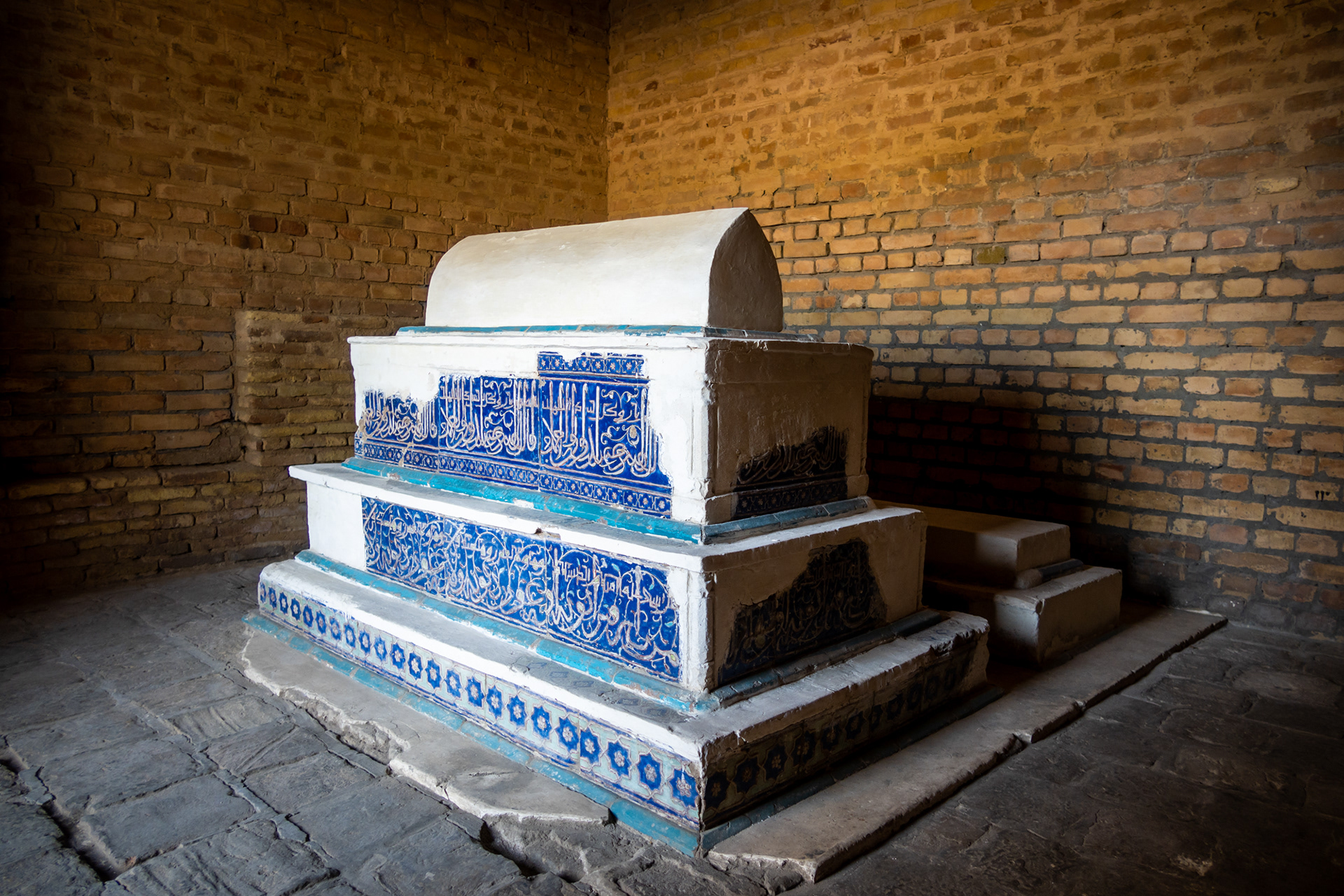

Tomb of an unknown person, likely someone important within the Timurid family or ruling elite, dating back to the 14th century (right). Tomb of Shadi Mulk Aga (left), the construction of which was financed by her mother, Qutlugh Turkan Aga, elder sister of Amir Timur
Dome and muqarnas of the Tuman Aka mausoleum (1405-06). Tuman Aka was the youngest wife of Amir Timur


Dome of the tomb of Shirin Bek Ata (left), domes of the tomb of Timur's wet nurse (right)
The entrance to the Tuman Aka complex within Shah-i Zinda
The mausoleum of Khwaja Ahmad (circa 1350-60), one of the earliest of the extant mausoleums which is at the northern-most end of the Shah-i Zinda memorial complex
Passing by the Amir-zade Tomb (circa 1386). Like many tombs and mausoleums in the necropolis, it's uncertain if Amir-zade simply funded the construction or was interred here


Entrance to the Shah-i Zinda necropolis (left), the double-domed tomb of Timur's wet nurse (right)
Southern entrance to the large Muslim cemetery, north of central Samarkand, next to the Shah-i Zinda necropolis. A modern-day city of the dead that's still in use.
The tomb of Amir's wet nurse, Shah-i Zinda, as viewed from the slopes of the adjoining Muslim cemetery (above). A selection of the very distinctive and unusal graves and tombstones (below).

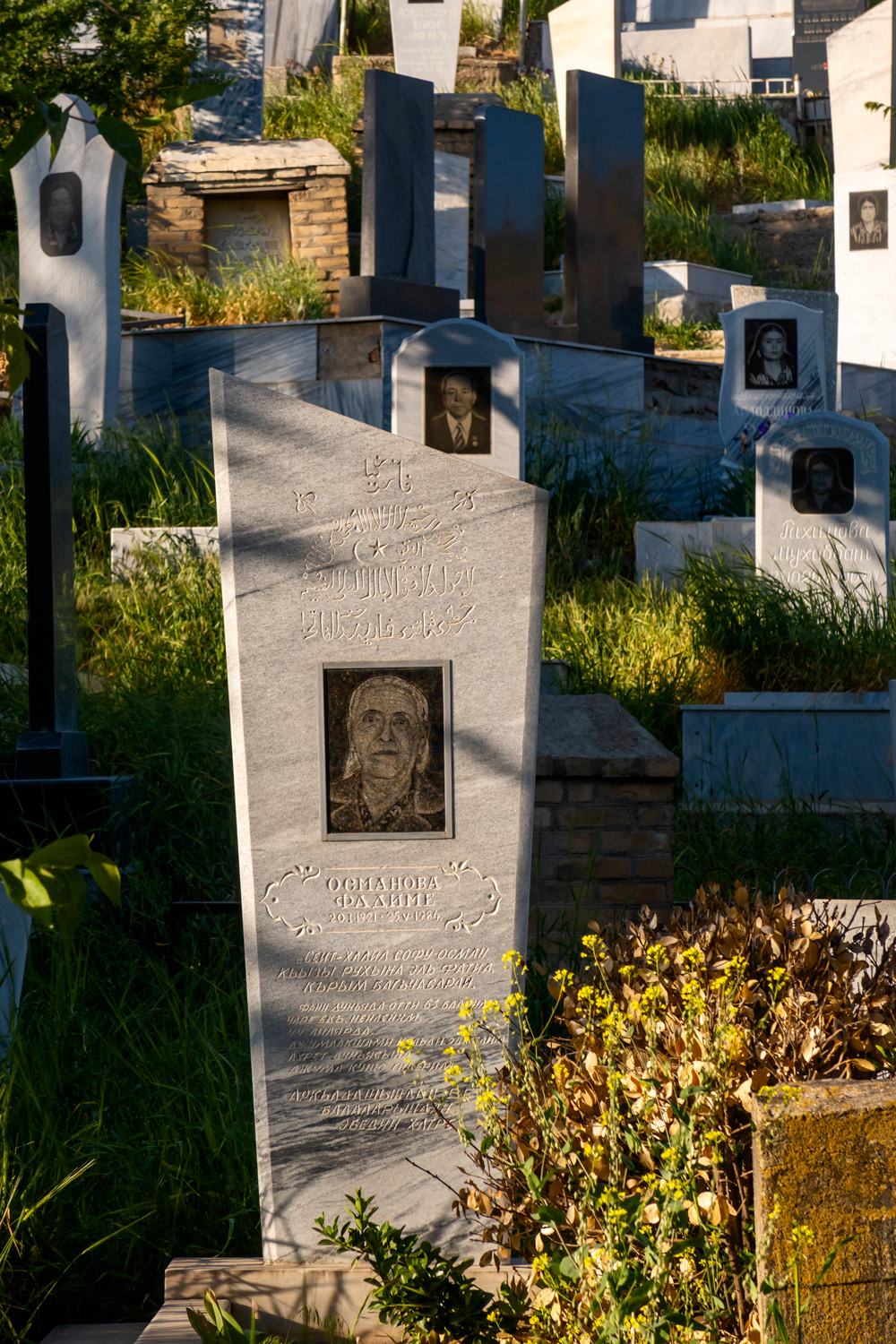




Approaching the Bibi Khanym mosque (dome of the prayer hall pictured) via the backstreets of Samarkand. Originally built by Amir Timur 1399-1405, it is the largest of its kind in central Asia. Named after one of Timur's wives and chief consort Bibi Khanym (also known as Saray Mulk Khanum), who was descendant of Genghis Khan via his son Chagatai Khan. Marriage to Bibi strengthened the legitimacy of Timur's rule, allowing him to take the title of Gurgan (royal son-in-law)


The massive iwan, entrance to the central courtyard of Bibi Khanym in which resides a huge stone Qu'ran stand, gifted to the mosque by Timurid ruler Ulugh Beg, grandson of Timur. Childless women would often crawl under the stand in the hope of being blessed with a child.
Central courtyard and minaret of the Bibi Khanym mosque


Entrance to the prayer hall at the far end of Bibi Khanym's courtyard (left). Side of the southern iwan and dome (right)
View from the Hazrat Hizr mosque, looking back over to central Samarkand. In the distance is the Bibi Khanym mosque (right) and the Bibi Khanym mausoleum (left). Following the road past both will take you to the Registan









